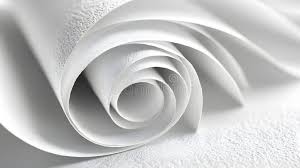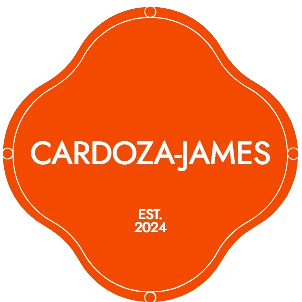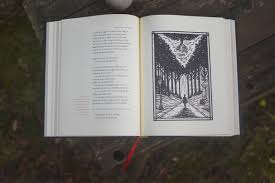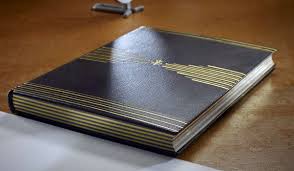
Textured paper adds elegance to designs
Textured paper adds elegance to designs by introducing a tactile and visual richness that flat paper simply cannot provide. Whether you’re crafting invitations, packaging, or printed materials, the texture of the paper creates an immediate impression of quality. In a digital-first world, physical design elements must stand out—and textured paper does just that. It engages more than just the eyes; it invites touch, making your work more memorable. As a result, textured paper enhances both the aesthetic and emotional experience of printed designs.

The Sensory Appeal of Texture in Print
Design is not only about how something looks—it’s also about how it feels. Textured paper appeals to our sense of touch, adding a layer of sensory engagement to your project. This makes the design feel more personal, premium, and thoughtfully created. The moment someone holds a piece printed on linen or felt paper, they notice the difference. These subtle textures convey elegance, sophistication, and intention. In turn, the emotional impact of your design becomes more lasting and impactful.
How Textured Paper Adds Elegance to Invitations and Stationery
When it comes to invitations, menus, or stationery, textured paper adds elegance to designs in an instantly noticeable way. Brides often choose cotton or handmade paper for wedding invitations because of the luxurious feel it brings. Event planners and designers know that a tactile surface communicates importance and style. Beyond the look, textured paper adds weight and substance, reinforcing the value of the content it holds. From baby showers to corporate events, textured finishes elevate the tone and presentation.
Types of Textured Paper That Enhance Design
There are various types of textured paper, each offering a different visual and tactile effect. Linen paper provides a subtle crosshatch pattern, great for formal or professional prints. Felt paper has a soft, almost fabric-like texture that adds warmth and softness. Laid paper, with its lined pattern, evokes old-world charm and classic style. Even embossed and deckled edge papers offer specialized elegance. Each type supports a different mood, helping designers align material choice with brand voice and project goals.
Branding Benefits: Impress Clients with Elegant Design Choices
Using textured paper in business materials such as business cards, presentation folders, or thank-you notes instantly adds professionalism. It shows your attention to detail and commitment to quality, which leaves a strong impression on clients and partners. When a client holds a textured business card, they experience a difference that sets your brand apart. This tactile element can be the edge that moves your brand from forgettable to memorable. In branding, every detail matters—and paper texture is one detail that communicates high value.
Printing Considerations When Using Textured Paper
Although textured paper adds elegance to designs, it also requires careful planning during the printing process. Because of the uneven surface, certain inks or finishes may behave differently. Designers should choose ink types and print methods—such as letterpress or embossing—that complement the texture rather than fight against it. It’s also essential to run test prints to ensure clarity and quality. By understanding how to work with textured paper, you can achieve polished results that enhance the overall look and feel of your design.
Conclusion: Choose Texture to Elevate Every Design
In conclusion, textured paper adds elegance to designs by enriching the sensory experience and enhancing the perceived value of printed materials. Whether for weddings, brand collateral, or artistic projects, the right paper texture reinforces your creative intent. It tells your audience that you value detail, quality, and experience. As digital continues to dominate, tactile design choices become even more powerful. So next time you print, don’t just think about color and layout—consider the paper texture. It might be the touch of elegance your design needs.





